Brand Code: What Is It and Why Is It Essential for Business Recognition?
What turns a business into a brand? How can a company become so recognizable that its name alone transmits its style, emotions, and values?
The answer to both questions lies in two words – a brand code.

To understand its true power, ask any random five people to name any luxury brands that pop to mind. Most likely, you’ll get pretty much the same names coming up.
If you go further and start analyzing those labels, you’ll see that their secret isn’t a memorable logo or slogan – it goes much deeper. It is something embedded into their brand codes.
But what are they exactly, and how can they help your business become more successful? Keep reading to find out.
Contents
What Is a Brand Code?
The term brand code is used to describe everything that defines your brand. And no, it’s not just about bigger, brighter logos. It covers the visual, verbal, and sensory aspects of your business (more details on these later).
Think of it like your brand’s DNA or blueprint that defines how your company shows up in the world, both online and offline. As such, it includes your:
- Logo
- Tone of voice
- Imagery
- Color palette
- Typography
- Messaging
- Strapline
- Official mascots and more.
For example, seeing the half-bitten apple makes you think of Apple’s devices. What about a simple black swoosh? Oh, that’s Nike.
Even though the company name is not stated in the image below, the logo and text made you think of only one business — Apple. That’s what brand codes do.

Source: Marbella International University Centre
Bottom line: Brand code is your entire positioning and personality as a brand, whether you are publishing articles, making video content, creating ads, or organizing an event.
Importance of Brand Coding
So, what makes branding codes special, and why should you even care?
🌟 Helping People Understand Your Brand Better
It might seem like your business’ mission is crystal clear to everyone. Yet, in reality, it only seems like that because you’re greatly involved in your product/service. Most people face hundreds of brands daily, and it is way too easy to lose track of them.
That’s why having a very distinctive brand code is a great way to separate yourself from all the noise and explain to your clients what your business is all about.
🌟 Building a Strong Emotional Connection With Your Audience
Like your online dating profile can help you connect with your soulmate, a solid brand can help you build an emotional connection with your customers.
And as you know, most of us (95% according to some sources) make emotional purchases. You see the connection, right?
🌟 Creating a Unified Experience Throughout Your Platforms
Look — you can simply post some content. Will it bring you any results? Maybe. But as soon as you start treating your content plan as an intertwined system, the results of your content marketing will skyrocket.
Giving off the same vibe in all your communication isn’t easy, but it will compound over time, giving your customers the exact experience they are hoping for.
🌟 Making Your Brand Recognizable
Do people actually know your business? Will they see a post on socials or a billboard and right away understand that you’re behind those? If the answer is “no,” you’re lucky that you’re reading this guide 😉
No business wants to be like that person at a party that no one remembers. That’s why branding is a fundamental element that can make people actually recognize you, even if the competition in your niche is insane.
🌟 Gaining Competitive Advantage
No matter what your niche is, we all have competitors. And often, the offering itself is quite similar. Still, for a buyer, it isn’t that straightforward. Most people choose a particular brand “just because.”
And what is behind that “just because”? You’ve guessed it — a brand code uses right.
After all, whether you want to bring more branded traffic to your site or boost engagement on social media, it is much easier to bring that to life when people actually know you.
The Main Elements of Any Brand Code
Before you can get the branding code right, you must first understand the main elements that make up the whole. These include:
Visual Part
The visual aspect of your branding code is what people can see, like:
- Logo: Your logo is the first thing people associate with your business, like your own brand signature. It should help people instantly recognize and connect your brand with your product or service (e.g., Nike’s swoosh).

Source: Nike
- Design: The colors, design of your website, social media pages, and other design elements should be unique and match the vibe of your offering (e.g., the iconic red for Coca-Cola).

Source: Brand Color Code
- Typography: Typography is another essential element that creates your unique style. It involves using the right fonts that help capture your brand personality (e.g., Google’s sleek, modern Product Sans font).

Source: Design for Hackers
- Imagery: Think of all the images, graphics, and illustrations that represent your brand. For example, the memoji is just one of the most recognizable Apple graphics.
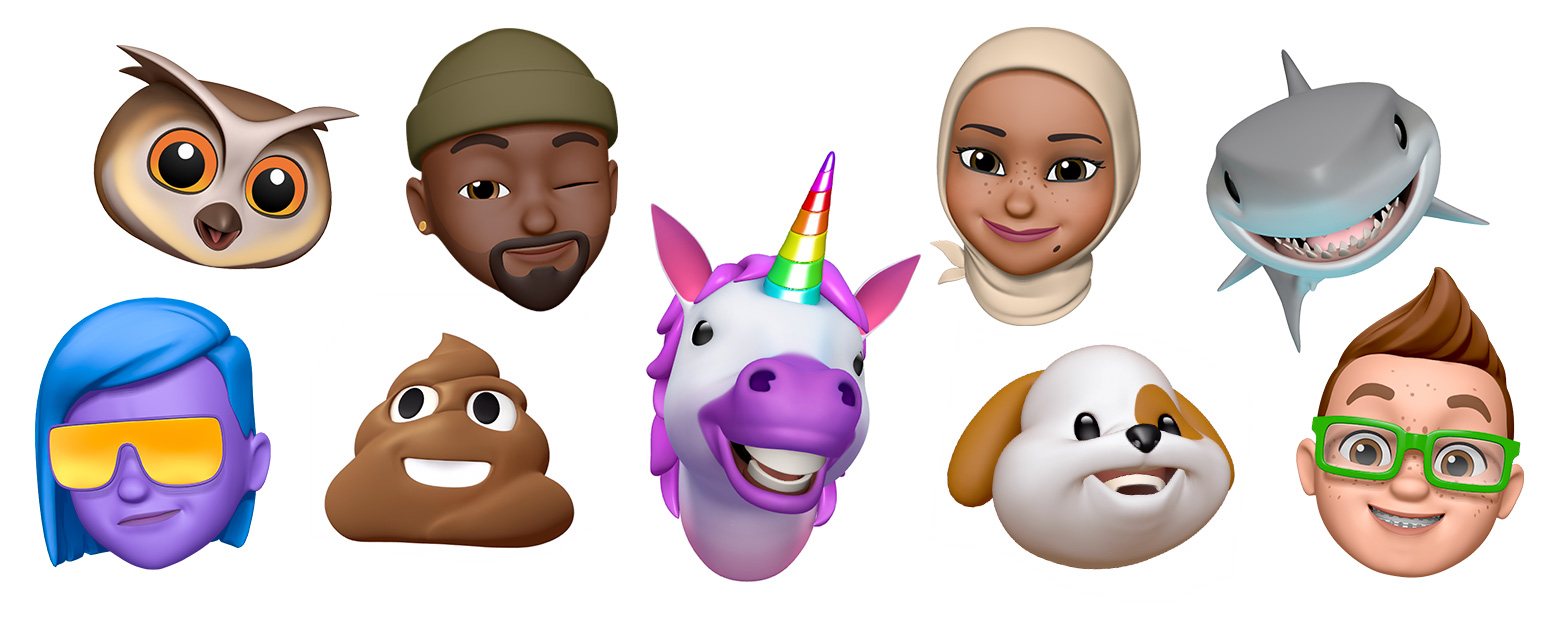
Source: Apple
- Packaging: This is more than just the color of the package. It is also the overall distinct look that makes customers instantly identify the brand. For instance, Pringles’ unique packaging is easily recognizable everywhere.

Source: FileStage
Verbal Part
The jingles and other forms of content you serve up also have elements that highlight your brand personality, including:
- Tone of voice: Sound fun, sassy, or knowledgeable like an old wise guru? Your tone of voice captures these. One example of this is the DollarShaveClub, which is known for its reliable, witty, and humorous tone of voice.

Source: DollarShaveClub
- Emojis/memes: Brands that use emojis, jokes, and memes a lot tend to have a lot of engagement and appeal, especially with the younger crowds.

Source: @pattonoswalt on X
- Main messaging: This refers to the type of values and the themes you talk about in your content. For example, Dove campaigns generally encourage self-acceptance and embrace diverse types of beauty.

Source: Live Oak Communications
- Storytelling: If you know how to craft narratives and experiences that your audience can emotionally resonate with, then you’ve got this down pat. Lego does this beautifully by using narratives that make the audience nostalgic for their childhood memories.

Source: Lego on YouTube
- Word choice: This one refers to how you use copy to pass across your messages. For example, do you go for easy-to-understand words like Domino’s or refreshing, made-up lingo like Starbucks?

Source: @Starbucks on X
Sensory Part
The sensory aspects of your branding code refer to those special sounds or scents that make people think of you. Still, it’s important to note that this is not a mandatory part, as not every brand works with this due to its complexity.
- Taste (gustatory): Lots of food and beverages have a special taste that’s part of their brand code. For instance, KFC chicken tastes very different from Chipotle’s and other brands thanks to its unique blend of 11 herbs and spices.
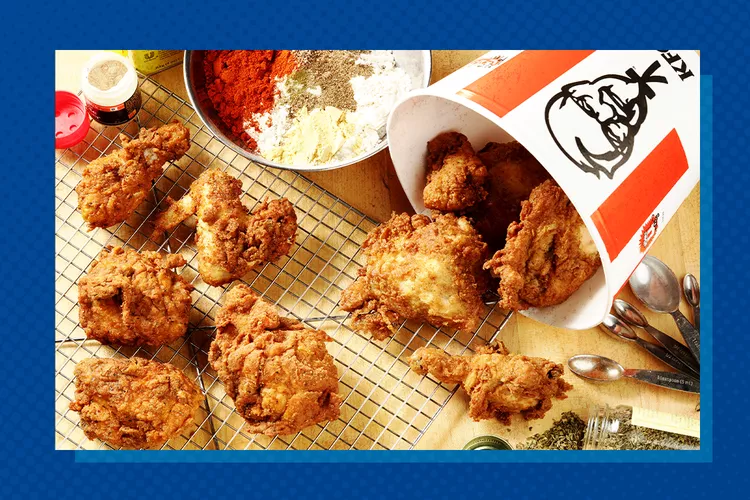
Source: All Recipes
- Touch (tactile): This can be the weight, quality, or feel of your packaging. For example, some businesses wrap their product in special boxes or paper that feels luxurious, like the iconic Tiffany gift boxes.
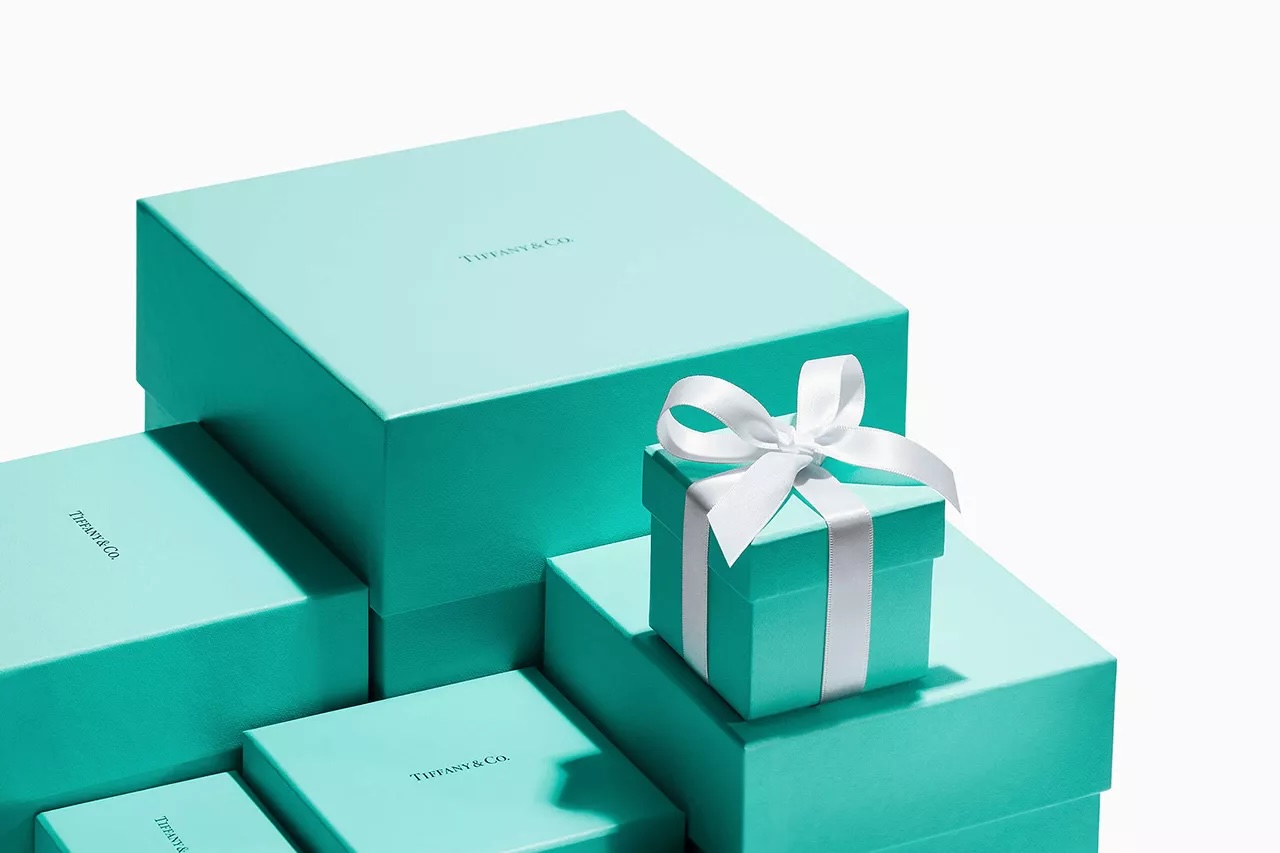
Source: IPL Packaging
- Smell (olfactory): Just like when it comes to touch, food, beverage, and cosmetics businesses are masters at coming up with unique smells that instantly transport their customers to a “happy place.”
Most brands have their signature smells in stores. Many also pay lots of attention to the smell of their products (e.g., the Gucci Bronzer, according to Redditors, smells like “heavenly roses and peaches.”)

Source: Gucci.com
- Sound (auditory): Most famous brands have an equally popular song, jingle, or tune that appears in many of their ads and instantly makes people think of them.
This creates a positive association and helps improve brand recall. Think of Toys “R” Us’s famous jingle, “I don’t want to grow up.”
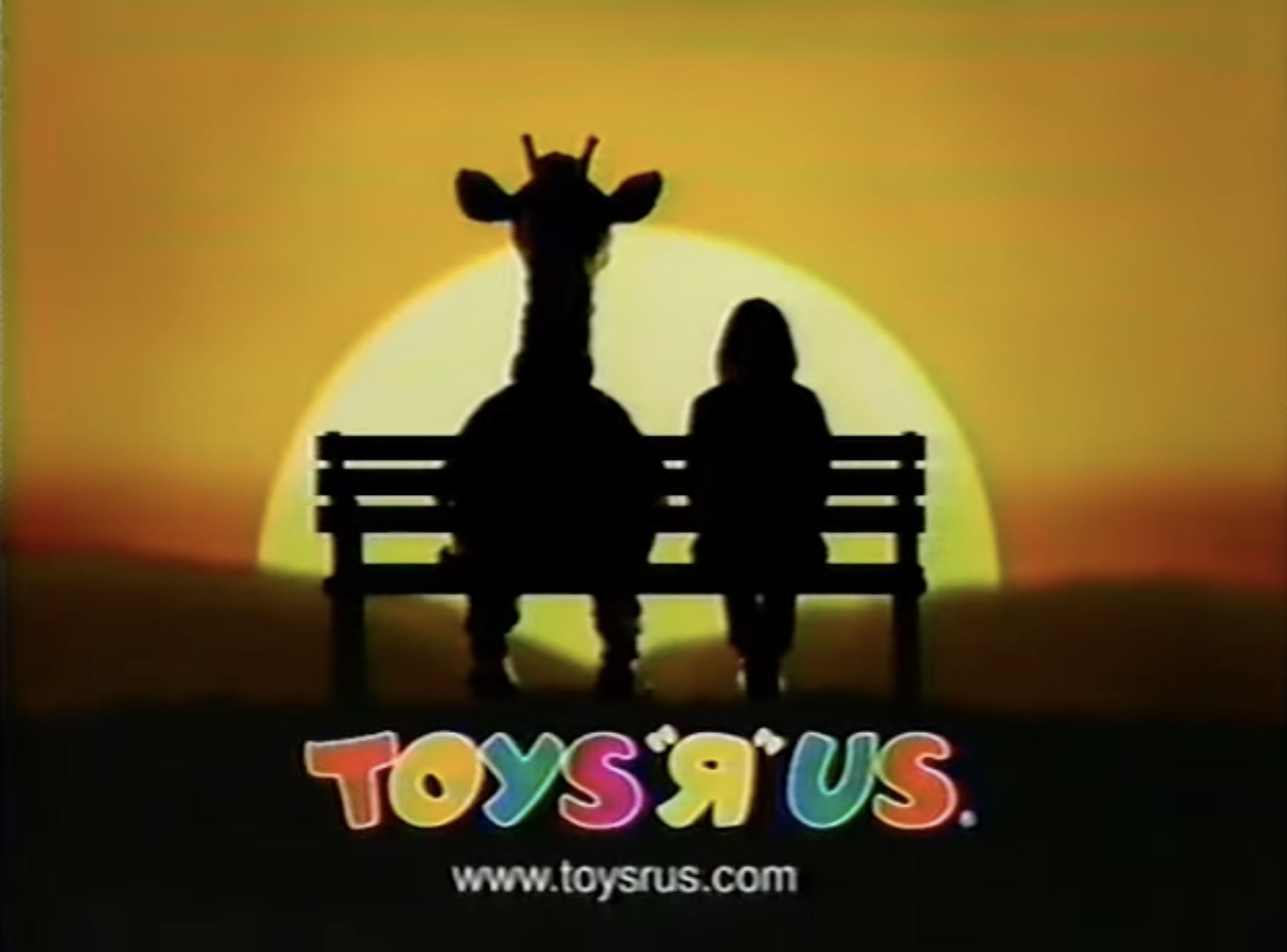
Source: Consumer Time Capsule on YouTube
All these special colors, jingles, and slogans are not just there to look good. They serve a much bigger purpose. They communicate the company’s values and mission. At the end of the day, every brand code is based on the company’s beliefs.
Besides, signature smells, textures, sounds, and distinct colors can help customers recognize and differentiate products from the competition—and sometimes even from fakes.
Example of Successful Brand Coding
We’ve already seen quite a few cases in this guide. Now, let’s see how brand coding works based on two legendary companies — Coca-Cola and Ford.
Coca-Cola

Source: Coca-Cola
Coca-Cola is one of the most iconic and well-known brands in pretty much any location across the globe. Their logo, color palette, and even the bottle shape are etched in the memory of different generations.

Source: Coca-Cola
Yet, of course, it isn’t just about the red and white colors. They’re a great example of combining visual, verbal, and sensory elements.
For example, You probably know a few of their ad campaign soundtracks by heart, whether from the radio, TV, social media, or a sports ad. That’s the auditory branding done right.

Source: Coca-Cola
For this company, every chance is an opportunity for people to get together and celebrate happy moments with a bottle. Their ads over the years say as much.
Apart from the consistent brand message of their ads, the tone of their marketing campaigns has not really changed much. It still has the same cheerful, playful, and youthful vibes, even if the messages themselves keep changing.

Source: YouTube
Right from the 1900s, the company learned that using celebrities brought positive publicity, and today, we still see the same tactic used, especially during global sports events, like, for example, the last Olympic games.
Shameless product plug or modern PR marketing — no matter how it’s viewed, there’s no doubt it works.

Source: Coca‑Cola Company
Of course, the sensory part (gustatory in particular) is crucial for any beverage. Over the years, the company has made some changes but kept them minimal. For example, in 1985, Coca-Cola tried to change its flavor and introduce what it called the “New Coke.”

Source: Coca‑Cola
Yet, they got so much negative pushback that they had to go back to the original recipe in a mere 79 days.
Overall, while the slogan and the ads have adapted to the times, the signature taste is as much a part of their branding code as is the red and white logo.
And the beauty of this is that customers get a consistent experience wherever they go in the world.
Ford Motor Company

Source: MTFCA
Founded in 1903, the Ford Motor Company is a great example of the “triumph of the underdog” story.

Source: Pinterest
Ford has consistently been marketed as the car for the common people and the car that is there for all of life’s big moments. In the 80s and 90s, the ads often featured regular men, unlike the popular brands of the day, which targeted the upper-income class.
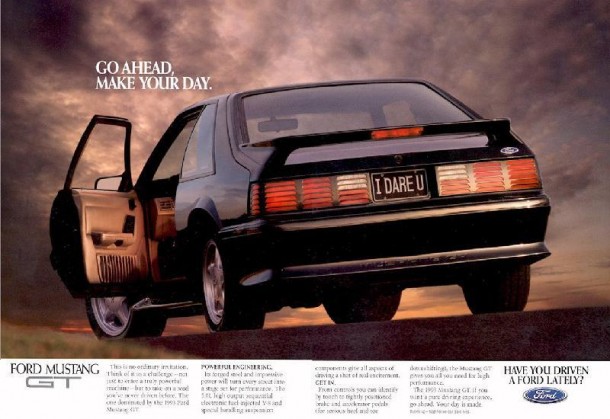
Source: Adbranch
Ever watched a Ford commercial? The tone of the marketing and choice of the soundtrack is always the same: suspenseful, upbeat, and action-packed.
The actors are young, active, confident, and in the prime of their lives, while their Ford car keeps pace with their fast-changing needs.
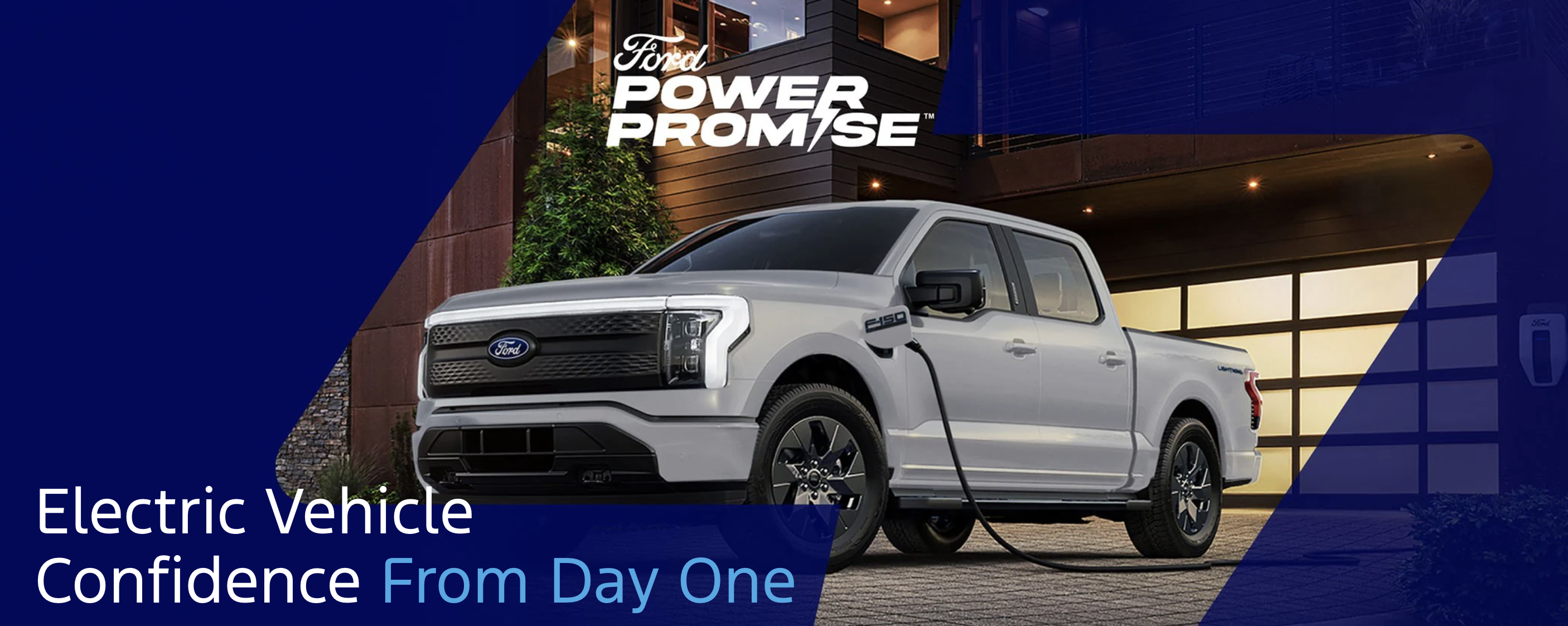
Source: Ford
While the car models, looks, and specifications have morphed over the years, and the logo has been tweaked several times, most of the code of their brand has remained largely the same.

Source: Philpott Ford
The mission is still to be the brand for all the folks. As a result, the brand assets are still pretty much recognizable, even if they are not 100% the same.
Not sure where to start the creation of your very own brand codes? Start by listing your values and mission to understand what your brand is all about.
Afterward, you can also check the outside world to see how everything you believe fits into the context of your niche. For this, you can review your competitor’s social media, branding, and PR campaigns.
Plus, doing a competitor traffic analysis is a great way to check what their readers like the most.
When you understand what other brands in your industry are doing, the whole branding process gets much easier.
Conclusion
Your brand code is not just your own business personality and positioning. It can also affect how successful you will be.
After all is said and done, it needs to be memorable and keep people engaged for longer, which is a big task in a world where attention spans are getting shorter every other day.
It is also important to stay consistent here so you don’t get your customers confused — unless your thing is shape-shifting. Make sure it resonates with your target audience, and you just might be on your way to becoming the next Apple or Coca-Cola.
Enter URL & See What We Can Do Submit the form to get a detailed report, based on the comprehensive seo analysis.





